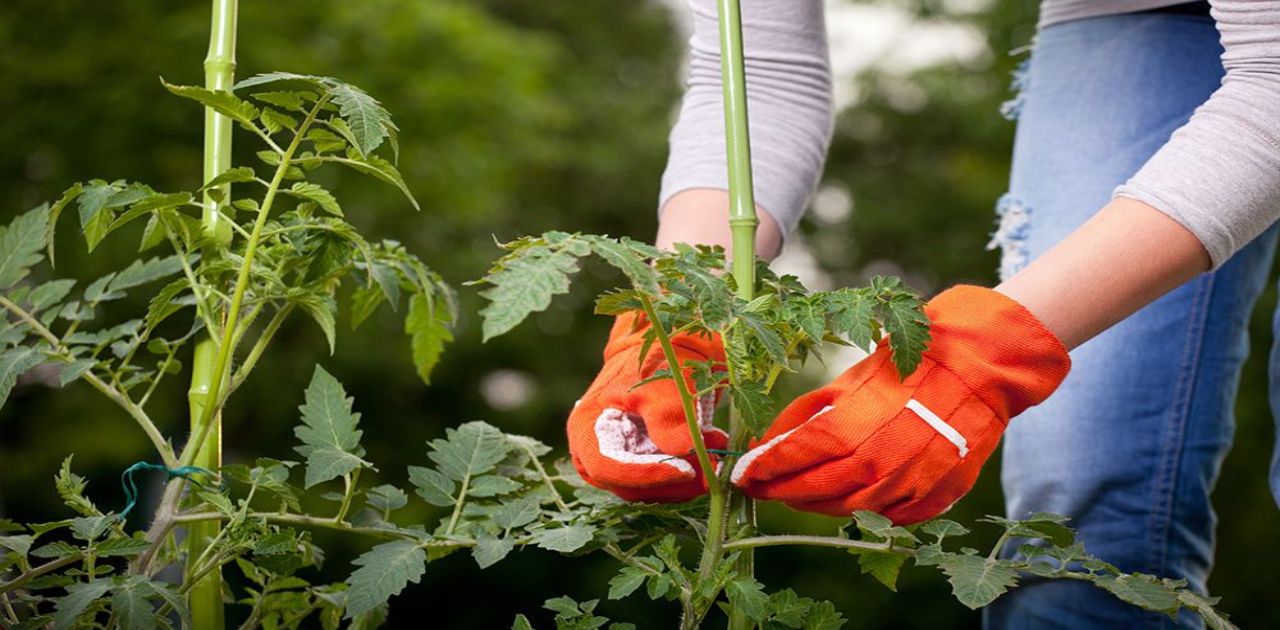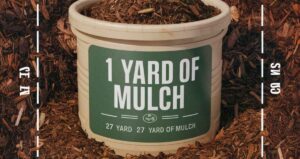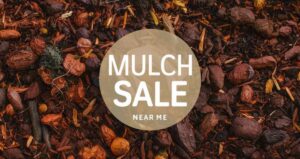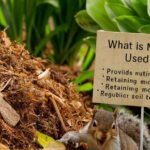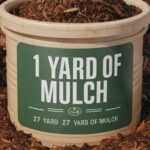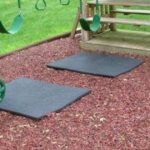Selecting the optimal mulch for tomatoes significantly influences their growth and productivity. What is the best mulch for tomatoes? is a common query among gardeners seeking to nurture robust and fruitful plants. Mulch serves as a protective layer around tomato plants, regulating soil temperature, retaining moisture, suppressing weeds, and enhancing soil health.
Various mulch types offer distinct advantages, from organic options like straw, compost, or grass clippings to inorganic choices such as plastic or landscape fabric. Understanding the specific needs of tomato plants and considering factors like climate, soil type, and local conditions are pivotal in determining the most suitable mulch.
This guide delves into the characteristics of different mulch types, their benefits, and application methods to aid in selecting the best mulch for thriving tomato cultivation.
Mulching for Tomatoes: Choosing the Right Cover
Selecting the perfect mulch for tomatoes involves careful consideration of various options to ensure optimal growth. When mulching for tomatoes, choosing the right cover is critical. Organic mulches like straw, compost, or grass clippings offer excellent moisture retention, weed suppression, and soil temperature regulation, ideal for supporting tomato plants’ health.
Alternatively, plastic or fabric mulches provide efficient weed control and heat retention, accelerating early growth. Factors such as local climate, soil type, and the stage of tomato growth should influence your choice.
Prioritize a mulch that suits your specific needs, balancing water retention, weed prevention, and temperature moderation to provide the ideal environment for robust tomato plants. Experimenting with different mulch types allows you to determine the best cover for thriving tomato cultivation.
Ideal Mulch Types for Thriving Tomato Plants
Choosing the ideal mulch types significantly contributes to the thriving growth of tomato plants. Organic mulches like straw or compost offer superb moisture retention, regulate soil temperature, and enrich the soil as they break down.
Plastic mulches, on the other hand, expedite soil warming, ideal for cooler climates, and effectively suppress weeds. Additionally, mulches like wood chips or grass clippings act as excellent insulators, maintaining consistent soil moisture and temperature levels critical for robust tomato growth.
Considering the specific needs of tomato plants, selecting the right mulch type plays a pivotal role in enhancing their health, productivity, and resilience against environmental stressors.
Exploring Mulch Varieties Suited for Tomatoes
Exploring mulch varieties suited for tomatoes reveals options like organic straw, black plastic, or compost. Each offers distinct benefits: straw retains moisture, plastic conserves warmth, and compost enriches soil. Selecting the right mulch type depends on climate, tomato variety, and desired growth conditions, ensuring optimal health and yield for tomato plants.
Benefits of Mulching Tomatoes: Enhancing Growth and Yield
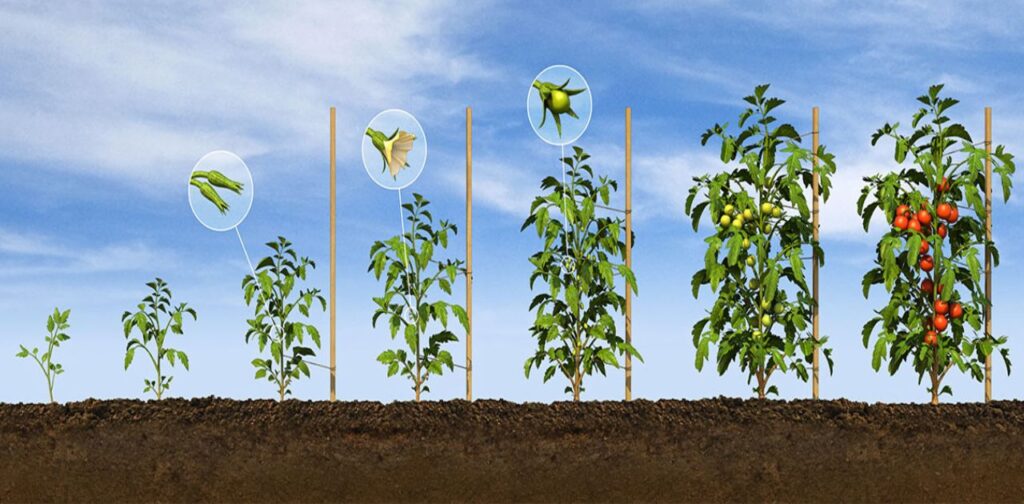
Mulching tomatoes offers multifaceted benefits, elevating both growth and yield. This practice regulates soil temperature, shielding roots from extreme heat or cold, fostering an optimal environment for robust root development.
Weed suppression is another advantage, ensuring tomatoes receive essential nutrients without competition from invasive plants. Mulch retains soil moisture, reducing water evaporation and maintaining consistent hydration, crucial for tomato growth. Furthermore, it acts as a barrier, preventing soil-borne diseases from splashing onto plants, enhancing their overall health. This makes it a good mulch for tomatoes by naturally preventing weed growth and fostering ideal moisture levels.
Improved soil structure and microbial activity fostered by mulch create a thriving ecosystem for beneficial organisms. Ultimately, these combined benefits amplify the growth and productivity of tomato plants, leading to bountiful yields and healthier, more resilient crops.
Examining How Mulch Improves Tomato Plant Health
Mulch plays a pivotal role in enhancing tomato plant health through various mechanisms. It regulates soil temperature, shielding roots from extreme heat or cold, crucial for optimal growth. Additionally, mulch acts as a moisture regulator, reducing water evaporation and maintaining consistent soil moisture levels, vital for tomato plants’ hydration.
Weed suppression is another benefit; mulch forms a barrier against invasive plants, minimizing competition for nutrients and ensuring tomatoes receive adequate nourishment. Furthermore, as organic mulches break down, they enrich the soil with essential nutrients, fostering a nutrient-rich environment for robust tomato growth.
Examining how mulch improves tomato plant health underscores its multifaceted role in creating a conducive and thriving environment for these garden favorites
Organic vs. Inorganic Mulch for Tomato Beds
Choosing between organic and inorganic mulch for tomato beds involves considering distinct advantages. Organic mulches like straw or compost offer nutrient-rich soil amendments as they break down, promoting soil health and microbial activity beneficial for tomato growth.
In contrast, inorganic mulches such as plastic or rubber provide effective weed suppression and moisture retention while being longer-lasting than organic options. Organic mulches contribute to soil fertility but may require more frequent replacement, whereas inorganic mulches offer durability but lack the nutrient benefits of organics.
Assess your priorities—whether it’s enhancing soil quality with organic matter or seeking low-maintenance weed control with inorganic materials—to determine the best fit for your tomato beds and achieve optimal plant growth.
Comparing Natural and Synthetic Mulch Options
When considering mulch options, comparing natural and synthetic choices is pivotal. Natural mulches, like straw or wood chips, offer organic benefits, promoting soil health and microbial activity. On the other hand, synthetic mulches, such as plastic or rubber, provide longevity and weed suppression. Understanding the differences between these options ensures selecting the most suitable mulch for your gardening needs.
Applying Mulch: Techniques for Tomato Beds
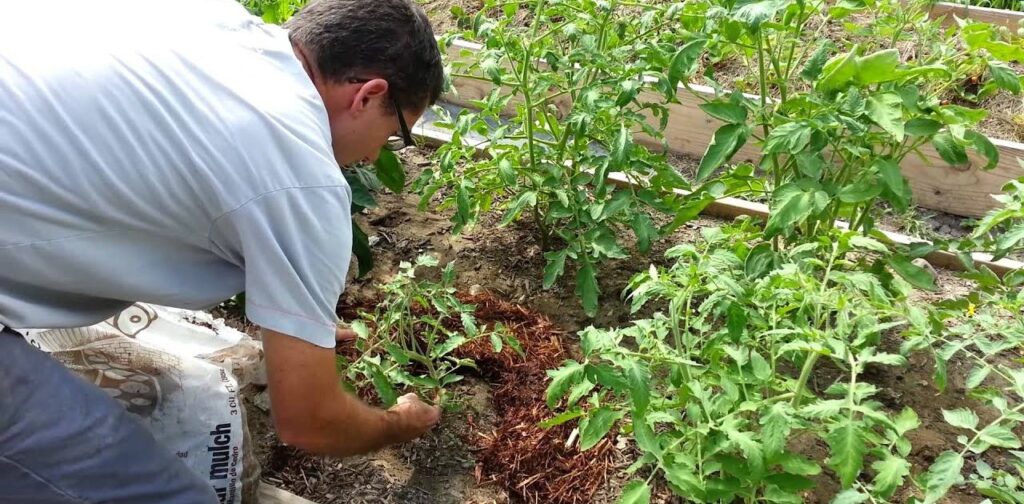
Applying mulch to tomato beds demands precise techniques for optimal plant health. Start by clearing the area around the plants, ensuring it’s weed-free and adequately watered. Spread mulch evenly around the base of the tomato plants, maintaining a thickness of around 2-3 inches to retain moisture and deter weeds.
Avoid direct contact between the mulch and the stems to prevent moisture-related issues. Consider organic options like straw or compost, providing nutrients as they decompose. For plastic or synthetic mulches, secure them firmly to avoid wind displacement.
Replenish mulch periodically to sustain its benefits throughout the growing season. These meticulous techniques in mulch application foster a conducive environment for tomatoes, promoting healthy growth and higher yields.
Best Practices for Mulch Application Around Tomato Plants
Applying mulch around tomato plants demands precision. Begin by spreading a 2-3 inch layer of mulch, ensuring it doesn’t touch the plant’s stem to avert moisture-related issues. Maintain a consistent layer to aid in moisture retention, suppress weeds, and regulate soil temperature.
Replenish mulch as needed to sustain its benefits throughout the growing season. Avoid piling mulch excessively, as this might lead to waterlogging or pest harborage. These best practices foster optimal growth and health for tomato plants, maximizing the advantages of mulch in their cultivation.
Mulch Compatibility: Pairing Types with Tomato Varieties
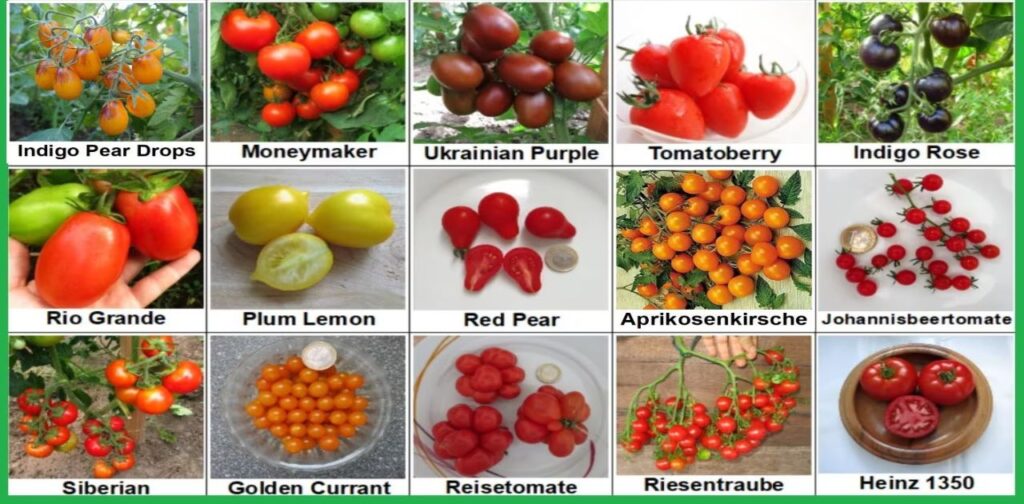
Pairing the right mulch with specific tomato varieties is pivotal for optimal growth. Determining mulch compatibility involves understanding the unique needs of each tomato cultivar. For determinate varieties, consider using plastic or fabric mulches that retain heat and control weeds, aiding in compact growth.
Indeterminate tomatoes thrive with organic mulches like straw or wood chips, fostering continuous growth and moisture retention. Match the mulch type to the tomato’s growth habit sprawling varieties benefit from loose mulches, allowing airflow, while compact cultivars flourish with denser mulches, conserving moisture.
Factors such as soil drainage, climate, and local conditions also influence compatibility. By pairing mulch types thoughtfully with tomato varieties, you create an environment conducive to their specific needs, ensuring healthy growth and bountiful yields.
Conclusion
Selecting the best mulch for tomatoes is a pivotal decision in ensuring their thriving growth. Through this exploration, it’s evident that mulching plays a crucial role in optimizing the health and yield of tomato plants. Organic mulches like straw or compost offer valuable nutrients, moisture retention, and weed suppression, fostering an ideal environment for robust tomato growth.
Inorganic options such as plastic mulch provide effective heat retention and weed control. However, the best mulch choice ultimately depends on individual preferences, local climate, and specific tomato varieties.
Considering factors like moisture retention, temperature regulation, and nutrient provision guides gardeners in making informed choices. Experimentation and adaptation to varying growth phases further refine the understanding of the best mulch for tomatoes, ensuring a bountiful harvest and healthy plants.
